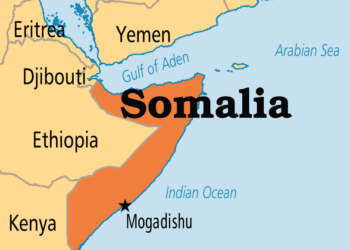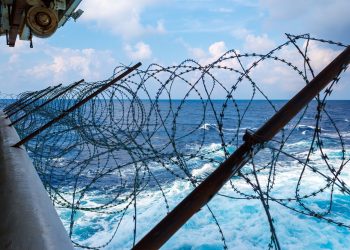Study results show subduction zone capable to produce major tsunami
![]() Earthquakes similar in magnitude to the 2004 Sumatra earthquake could occur in an area beneath the Arabian Sea at the Makran subduction zone, according to recent research published in Geophysical Research Letters.
Earthquakes similar in magnitude to the 2004 Sumatra earthquake could occur in an area beneath the Arabian Sea at the Makran subduction zone, according to recent research published in Geophysical Research Letters.
The research was carried out by scientists from the University of Southampton based at the National Oceanography Centre Southampton (NOCS) and and the Pacific Geoscience Centre, Natural Resources Canada.
The study suggests that the risk from undersea earthquakes and associated tsunami in this area of the Western Indian Ocean – which could threaten the coastlines of Pakistan, Iran, Oman, India and potentially further afield – has been previously underestimated. The results highlight the need for further investigation of pre-historic earthquakes and should be fed into hazard assessment and planning for the region.
Subduction zones are areas where two of the Earth’s tectonic plates collide and one is pushed beneath the other. When an earthquake occurs here, the seabed moves horizontally and vertically as the pressure is released, displacing large volumes of water that can result in a tsunami.
The team also found that the thickness of the sediment on the subducting plate could be a contributing factor to the magnitude of an earthquake and tsunami there.
“These combined factors mean the Makran subduction zone is potentially capable of producing major earthquakes, up to magnitude 8.7-9.2. Past assumptions may have significantly underestimated the earthquake and tsunami hazard in this region.”
For more information on the study findings, visitNational Oceanography Centre Southampton.
A tsunami is a series of ocean wavesgenerated by sudden displacements in the sea floor, landslides, or volcanic activity. In the deep ocean, the tsunami wave may only be a few inches high. The tsunami wave may come gently ashore or may increase in height to become a fast moving wall of turbulent water several meters high.
Although a tsunami cannot be prevented, the impact of a tsunami can be mitigated through community preparedness, timely warnings, and effective response.
NOAAhas primary responsibility for providing tsunami warnings, and a leadership role in tsunami observations and research. For more information on tsunami warning and preparedness, you can visit the NOOA Tsunami website.
Sources: National Oceanography Centre, NOOA



























































